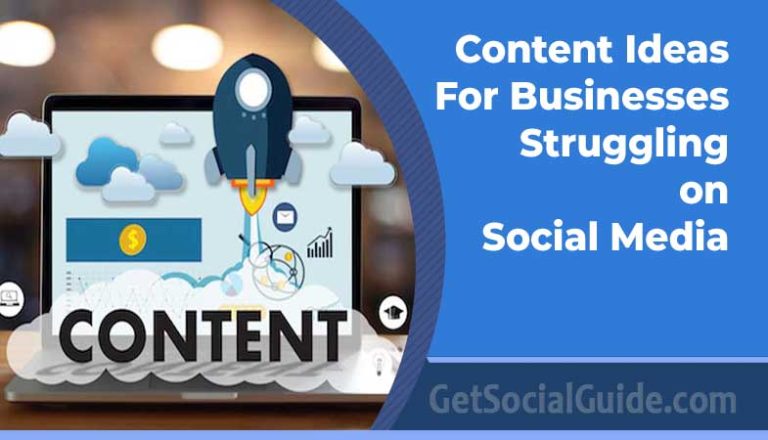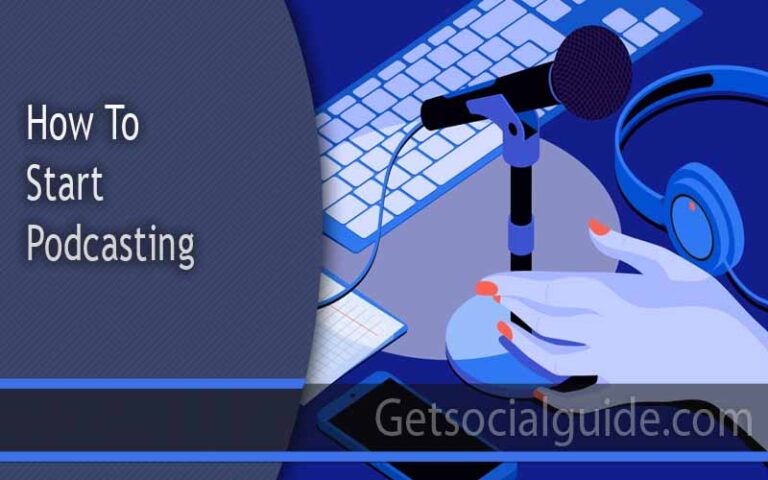On-Page SEO: Optimising Your Website Content For Better Search Engines
On-page seo, also known as on-site seo, optimizes webpages and, most importantly, content according to the search engines’ and users’ requirements and preferences.
By optimizing the on-page aspects of a website, you can easily help its pages rank higher on the search results and, more importantly, can drive more organic traffic.
You must know that website optimization strategies are divided into on-page and off-page. On-page seo covers everything you do on a webpage to improve your ranking position, and off-page seo covers all the outside elements of your site to improve your authority and rankings.
The most common off-page seo examples are backlink building, social media marketing, and PR.
Both on-page and off-page seo are important for the overall positioning of a website, but you must know that as a website owner or manager, you have more control over on-page factors than off-page ones, which is why it is wise to start with on-site optimization.

Tips for Optimizing Content for On-Page SEO | Why is it Important?
Content is the most important element when it comes to on-page optimization. The content on your website speaks to your target audience, and if it is not written or presented properly, it will simply damage the credibility of your website and kill your chances of getting in the top ranks.
So, if you want to attract and engage maximum traffic on your website and beat your competitors, you must optimize the content.
This includes improvising content on web pages, blog sections, and metas.
If you don’t know what to focus on and how to optimize the content according to the likes of the search engine, we suggest you read the tips discussed below.
Target Keywords with High Traffic Potential
As a website owner, you would already know the importance of keywords. Without keywords, there is no way you can improve your website’s ranking position.
An important thing to note is that there is also no point in targeting a keyword that no one searches for.
Low search volume keywords might get you in the top position quickly, but you wouldn’t get any traffic.
You need to find keywords with a good search volume, relevance, and, most importantly, competition.
Today, you can access multiple keyword research tools like the one by Ahref and Google that can help you find keywords that would bring value to your site.
Ensure that the keywords you choose are adjusted naturally in your website content if you don’t want to compromise readability and quality.
Overstuffing can damage authority and ruin your chances of getting on the top.
Ensure that Content Aligns with Search Intent
If your content isn’t answering the queries of your target audience, it will not be very valuable and will signal that it is a poor match for the search intent and doesn’t deserve to get on the top searches.
Google focuses on the search intent of content and would only put sites on the top pages if they are valuable to the targeted audience.
You need to understand the search intent of your audience before writing content. You can analyze them for three Cs, including content type, format, and, most importantly, angle.
The type of content includes blog posts, product pages, landing pages, and category pages. For example, by searching your selected keyword, if you find the top search results are blog posts, it is best that you stick to this type.
Changing the type wouldn’t work.
Subsequently, you also need to analyze the type of top-ranking posts. For example, you should go with a listicle if most of the top ten posts are listicles. Lastly, you need to analyze the content angle. It can be information, promotions, discounts, etc.
You need to follow a similar angle and make variations so that your posts also stand out from the competition.
Make Sure Content is Easy and Interesting to Read
The majority of users coming online aren’t going to read all of the content published on your web pages in detail. They will first scan the main points and pick the headings or key phrases that entice them.
If your content is not arranged and presented properly, it isn’t going to get any engagement, no matter how informative or fresh it is.
You can follow a few practical approaches to make your content more enticing and easy to read. Below, we have listed them for your knowledge:
- Eliminate Wordiness: First, it is important to remove redundant sentences and excessive words from your website content. Your content must always be clear and concise; the more precise it would be, the more engagement you would get. You can enhance your website content by paraphrasing it with more accurate synonyms and better sentence structure with tools such as a sentence rephraser.
- Add Table of Contents: Content is very important, especially when posting long blog posts. The TOC would help readers easily navigate to their desired heading and tell them about the different points covered in the topic.
- Focus on Important Information: The best post is the one that makes valuable information more accessible. If your content’s important ideas and information are buried deep inside the body, it will simply bore the readers. You must put your best on the top and leave less important details at the bottom.
- Work on Visual Structure: As mentioned before, a proper structure is very important to make your content easy to read. Using short paragraphs and bullet points and dividing content into different headings will make your post more reader-friendly.
By following these strategies, you would see a major hike in your content’s engagement rate, which would help you get on the top searches.
Make Your Content Visually Attractive
You must make your content visually enticing for readers if you want to see it on the top serps. You can search for any keyword and analyze the top ten search results on Google and other search engines.
Each page would have textual and visually attractive content published on them.
Today, if you are posting content that is only based on textual data, it is simply going to destroy your chances of getting on top of engaging with users.
The attention span of visitors is quite short, and you have two to three seconds to keep them on your page. By adding images to your site’s content, you would see a major hike in user engagement.
You no longer have to stress hiring a professional designer to create fresh and relevant images for your site, as you can access free AI tools such as Canva’s AI art generator.
You can easily create images, illustrations, infographics, banners, and much more using AI tools without any design experience.
Check & Remove Plagiarism and Robotic Text
If your website content or any of its blog posts are similar to those of another site, it will damage your authority and can also result in penalties because of plagiarism.
This is why expert and experienced webmasters recommend always checking your content and ensuring it is unique before posting it online.
Many websites fail and get penalized because of plagiarism and robotic content. Readers coming online always search for something fresh and easy to read, so you must provide them with unique and reader-friendly content.
If you don’t know how to write or have the budget to hire a professional writer, it is best to leverage advanced AI content generator tools such as Chat GPT.
These tools can help webmasters create content for landing pages, blogs, product descriptions, and other areas. The only problem is that AI-generated text lacks human emotions and is not engaging.
To make AI text seo friendly, you can make your text more natural and humanize by yourself or use a reliable AI humanizer tool.
You must ensure that your meta title tag and description are well-optimized, as this is the first thing users see in the search results.
The metadata should clearly describe your content at the first look. You must ensure your metadata is different and better than the competing posts written on the same or similar topics.
When writing metadata, it is important to note that it should be clear and relevant to your target audience.
A searcher should be able to know what they’ll find in your content by reading the title tag and description only.
You must also ensure the metadata is short and within the Google limit. The ideal length of a title should not be more than 70 characters, and the description shouldn’t be more than 120 to 140 characters.
Also, when writing metadata, you must add your target keyword to show that your content is relevant to the search of users.
You can also get help from AI-powered meta title/description generator tools and get a reference for what kind of content works best.
What to Avoid When Optimizing Content?
If you search online, you will see that the web is full of advice related to on-page optimization, but it is important to understand that it is not wise to try all possible techniques and strategies for your content. Some tips you find online will waste your time, and some might kill your chances of getting on top.
Here are a few things you need to avoid:
- Over-Optimization: It is okay to over-optimize a few of your posts, but not every page or article should be customized according to the search engine guidelines. For instance, overstuffing keywords is not advised, as it can ruin the readability of your drafts.
- Longer is Not Always Better: Most people would tell you that long-form content works best on Google, but this is untrue. Your content needs to satisfy the search intent of your target audience. If you can answer the query of your audience in 200 words, there is no point in artificial inflation.
- Aggressive Promotion – Red Flag: If your content is too promotional and is about pressuring your audience to take action, it will increase your site’s bounce rate.
- Over sensational Headings: If you put spice and sensation in each heading, this can often backfire. This is because most people would avoid titles that look like clickbait.
Conclusion
On-page seo is all about fine-tuning the on-site elements according to the search engine’s and audience’s guidelines and requirements.
Here, an important thing to note is that on-page seo is an ongoing effort if you want to see great results.
Getting the above-mentioned techniques would take time, effort, and improvement, so you don’t have to stress if you don’t get immediate results.
Here, we would like to mention that practicing on-page seo strategies has become much easier than before.
Today, you can easily plan and execute seo strategies with the help of AI tools such as keyword finders, proofreaders, text rewriters, humanizers, image generators, and many more.
We hope that after following these tips and trying the best available tools, you can see a difference in your site’s position.



